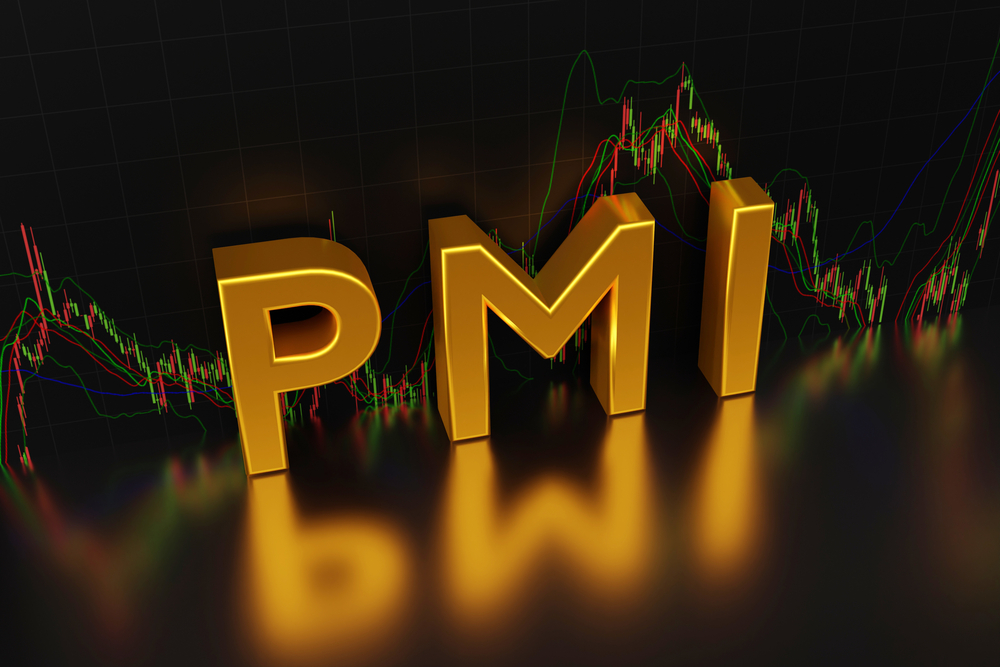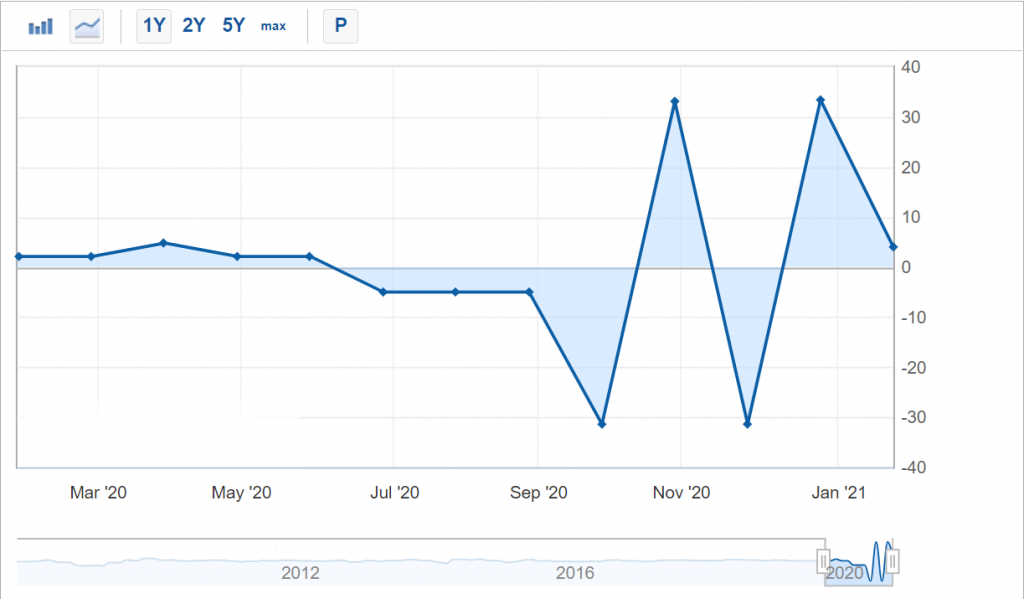
The economic calendar is a forex trader’s best friend, or so they say. Keeping abreast of events in the global economy is the hallmark of a successful trader. Among other things, the economic calendar keeps track of important reports and releases such as PMI.
The PMI and other reports have a massive influence on market sentiment and, by extension, the market’s risk conditions. You will often hear media reports talking about the economy dipping into recessionary territory because the PMI is below a certain mark, which affects the direction of price action in forex. For more on this topic, take your time and read the paragraphs that follow.
PMI: What is it?
The Purchasing Managers Index (PMI) comes out each month. It provides financial markets with a sneak-peek into businesses’ operations in key sectors of the economy, such as services and manufacturing. For the US, the PMI report is produced by the Institute of Supply Management (ISM), which surveys hundreds of purchasing managers in many industries and compiles the data into the report.
ISM produces two sets of PMI reports each month. The first one covers the non-manufacturing (services) sector. Purchasing managers in retail, agriculture, transportation, and mining provide feedback to ISM’s monthly surveys. The data acquired from this survey gives investors a glimpse of the economic situation within the economy’s service sector.
The other part is the one that covers the manufacturing sector, also called the manufacturing PMI. As you can already guess, the data in this report covers the company’s business operations in the economy’s manufacturing sector. This part of the report is the oldest of ISM’s surveys and is released on the first day of each month.
Components of PMI
The non-manufacturing PMI’s impact on the market is somewhat pared down if compared to manufacturing PMI. It could be that the non-manufacturing sector is more predictable hence less volatile. Manufacturing PMI is why forex traders always keep a close eye on monthly economic releases because the sector is the backbone of any economy.
Various components make up the manufacturing PMI, meaning it is a diffusion index. The components include Production, Supplier Deliveries, Inventories, Employment, and New Orders. Over 400 supply and purchasing managers from various industries provide feedback to ISM’s survey every month. The feedback covers expectations on key points such as employment, inventories, new customer orders, and production.
ISM gives the same weight to each of the components when calculating PMI, which means each component makes up 20% of the index.
| Component | Weight (%) | |
| ISM | Markit | |
| Production | 20 | 25 |
| Supplier Deliveries | 20 | 15 |
| Inventories | 20 | 10 |
| Employment | 20 | 20 |
| New Orders | 20 | 30 |
| PMI | 100 | 100 |
However, ISM is not the only institution doing this kind of survey today because players such as IHS Markit now command a substantial amount of attention. Unlike ISM, Markit uses a different weightage when diffusing the PMI. Instead of an equal weightage, Markit gives 25% to production, 15% to Supplier Deliveries, 10% to Inventories, 20% to employment, and 30% to New Orders.
How does the index work?
ISM, Markit, and other entities that determine PMI calculate it as follows:
PMI=(P1×1)+(P2×0.5)
Where: P1 = answers reporting an improvement (in percentage)
P2 = answers reporting no change (in percentage)
The PMI value ranges from zero to 100, and 50 is the benchmark level. At number 50, the PMI is neutral in terms of what it says about the economy. A reading above tells the market that the economy is in an expansionary period. The reading indicates that purchasing managers have high confidence in the economy’s performance and that the future is bright.
Readings below 50 have the opposite effect. They indicate that the economy is contracting and that purchasing managers’ confidence in its performance is low.
Let us say ISM reports in January 2021 that the PMI for December 2020 was 47. The data indicate that the economy’s manufacturing sector is contracting. For the forex traders, this is a sign of a coming shrinkage of the overall economy. Naturally, the market will react by dumping the economy’s currency due to expectations that the central bank will take action during its next monetary policy statement.
Let us consider an economy that largely depends on the services sector for most of its output (GDP). In this case, the non-manufacturing PMI carries more weight than its counterpart. Imagine that the PMI data for last month is as follows: manufacturing PMI is 47, and non-manufacturing PMI is 57.
The reality here is that the economy’s manufacturing sector is contracting, but the services sector is growing. Overall, the economy is expanding since the services sector accounts for the largest percentage of its output.
What does this mean? It means forex traders should pay close attention to the PMI data and should be able to break down the report into manufacturing and non-manufacturing before using the data to make trading decisions.
Significance of PMI as an indicator in forex trading
PMI is one of the most reliable indicators of an economy’s performance. As you can see in the figure below, US PMI tracks the quarter-on-quarter change in US GDP.

This property makes PMI an important factor when the US Federal Reserve is deciding on federal funds rates. Remember that federal funds rates affect the direction of money flow in the US economy and the US dollar value in the forex market.
Conclusion
PMI data goes a long way in influencing businesses’ investment decisions in the economy, but its effect on the interest rates decision of central banks is the most crucial to forex traders. Interest rates run the forex market, and you are a winner if you can predict the next direction the central bank will take during its next monetary policy statement.
Therefore, PMI is an integral piece in fundamental forex analysis. The index provides insights with which traders can increase their accuracy of their market forecasting models, which translates to an increase in the chances of successful trades.








Leave a Reply